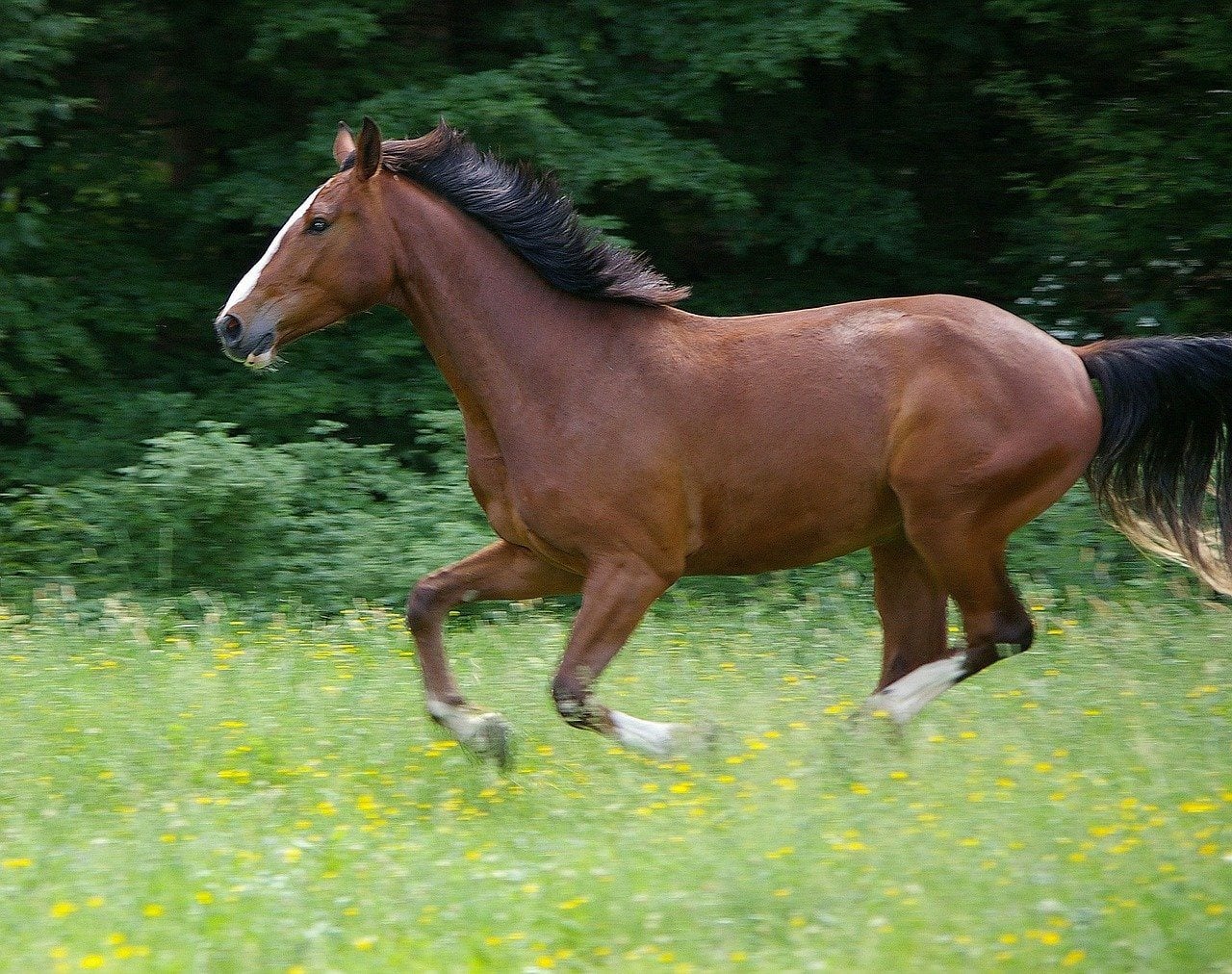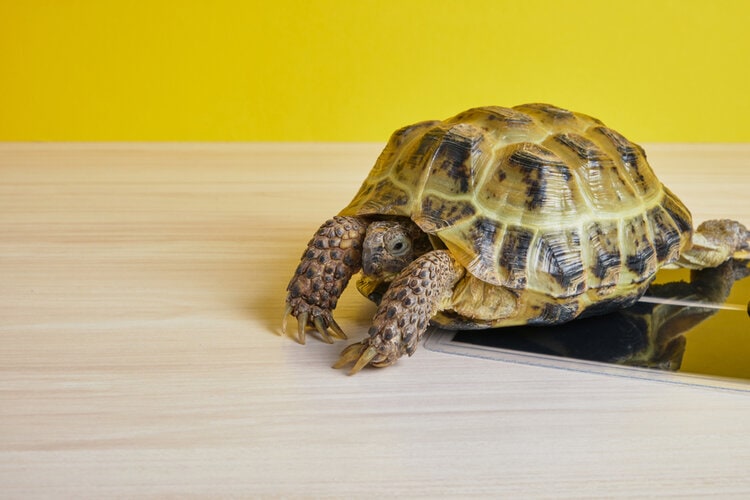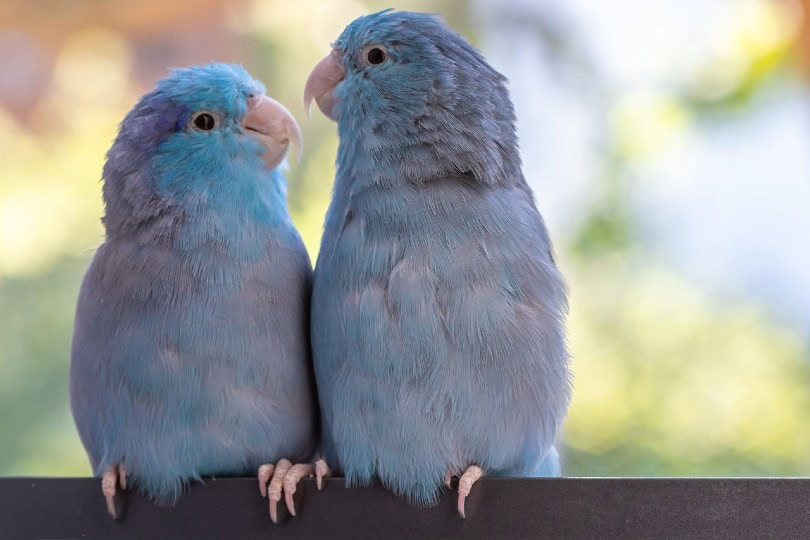Gait refers to the different ways that your horse can move. There are five main types of gaits, often called “natural” gaits. Most horses of all breeds can do these. Several “artificial” gaits can also be learned, though not all horses are capable of doing so. Let’s look at these common and uncommon horse gaits so you can better understand each.

Terminology
Before we start discussing the different gaits, it’s important to go over the basic terminology that’s used to describe a horse’s movement
Lead
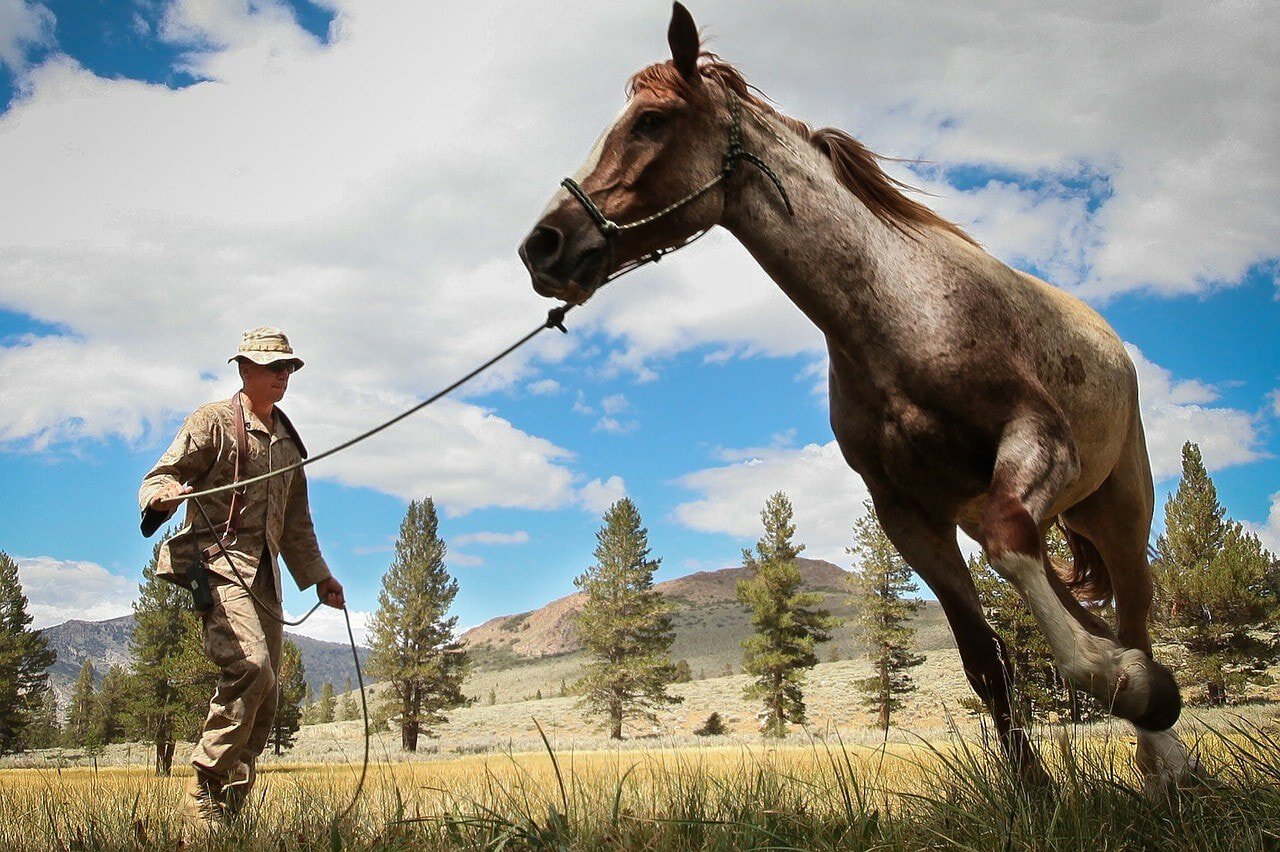
This term is used when describing cantering and galloping and to differentiate the foreleg that’s farthest forward. Left lead means that the left foreleg is leading, while right lead indicates that the horse’s right foreleg is in front.
Posting
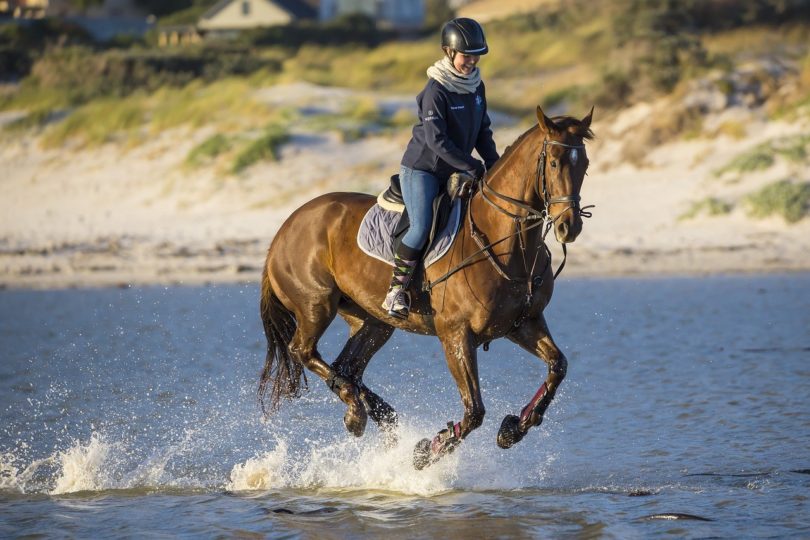
When describing the trot, posting refers to the up-and-down movement that the rider follows, making the trot more comfortable for both horse and rider. To post, you alternate raising yourself out of the saddle for one beat and sitting in the saddle for the next beat.
Diagonal

When trotting, the foreleg that moves forward while you’re in the up phase of posting is referred to as diagonal.

The 5 Main Types of Horse Gaits
The five main horse gaits are considered to be natural because most horses are instinctively capable of doing them.
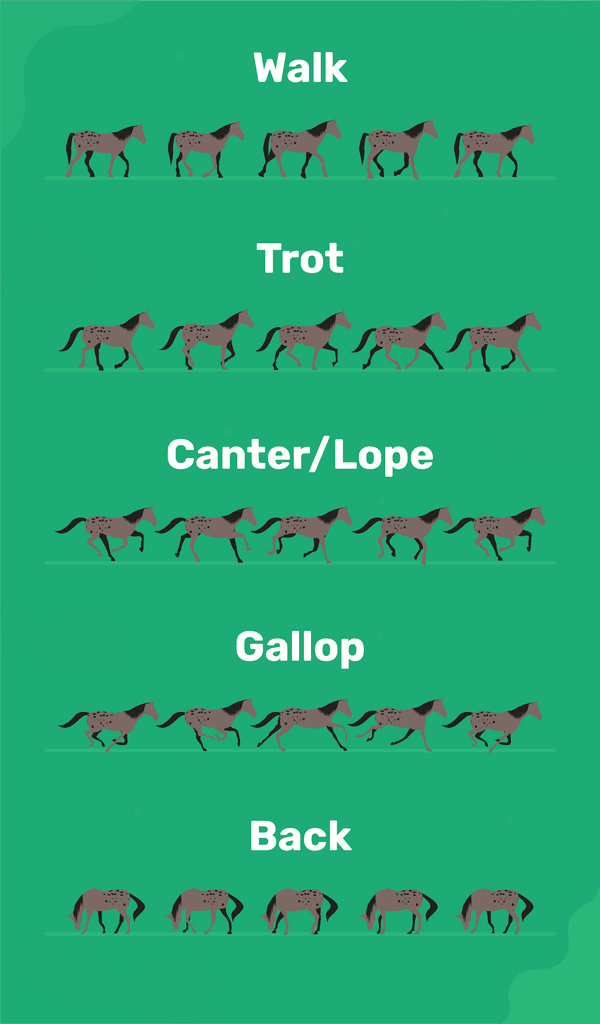
1. Walk
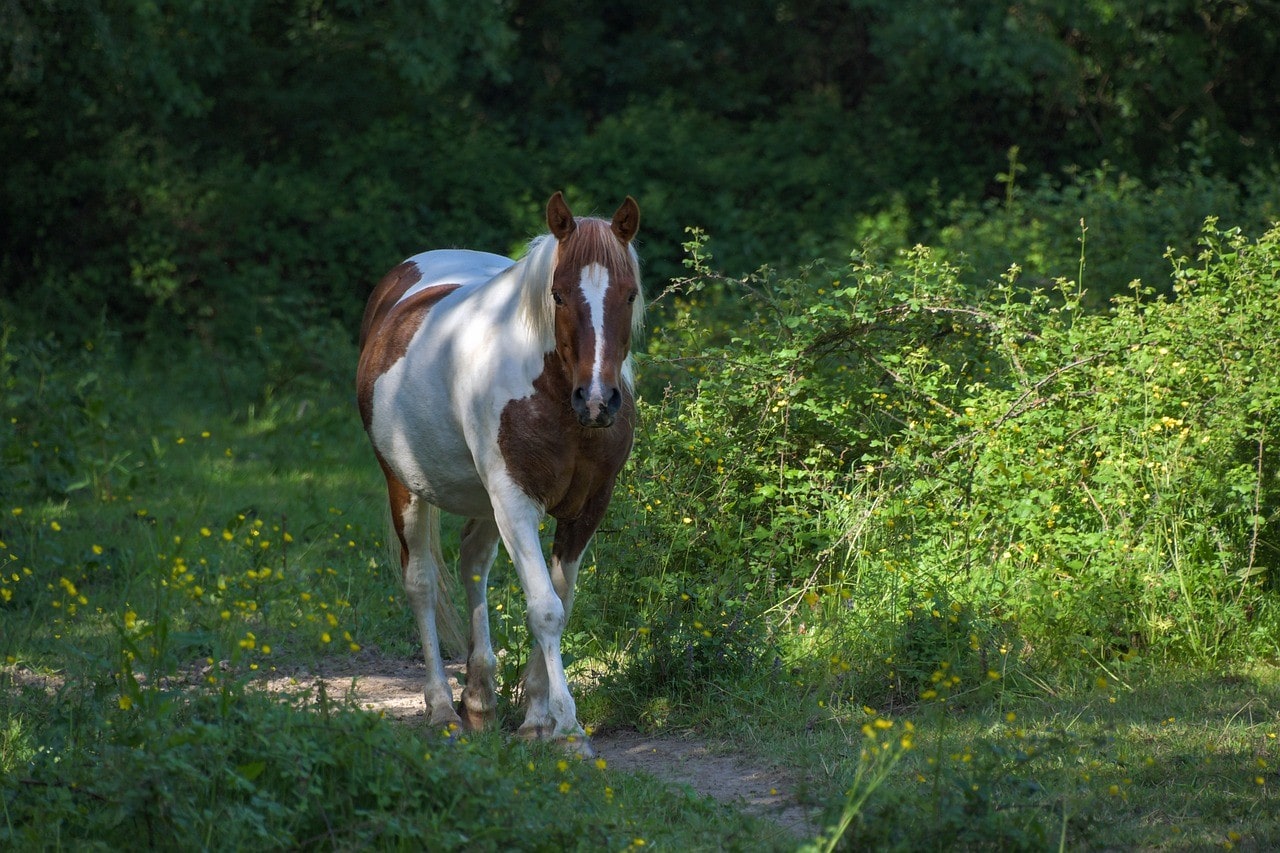
Walking is a horse’s slowest speed. It is a four-beat movement that always has two or three hooves in contact with the ground. A typical pattern is left foreleg, right hind leg, right foreleg, and left hind leg or a mirror of that pattern beginning with the right foreleg.
2. Trot

The trot is the next slowest gait, though substantially faster than a walk. It’s a two-beat gait with the horse’s legs working in diagonal pairs. This gait isn’t as smooth as walking since the horse springs between each step. The pattern for a trot is right foreleg and left hind leg, followed by left foreleg and right hind leg, or the opposite.
3. Canter/Lope

A canter, also called a lope, is an interesting gait because it has three beats. A single foot lands on its own, followed by a diagonal pair hitting the ground together, and the last foot lands independently. A left-lead canter’s pattern is right hind leg, left hind leg and right foreleg together, then the left foreleg last. For a right lead canter, the pattern is left hind leg first, right hind leg and left foreleg together, followed by the right foreleg.
4. Gallop
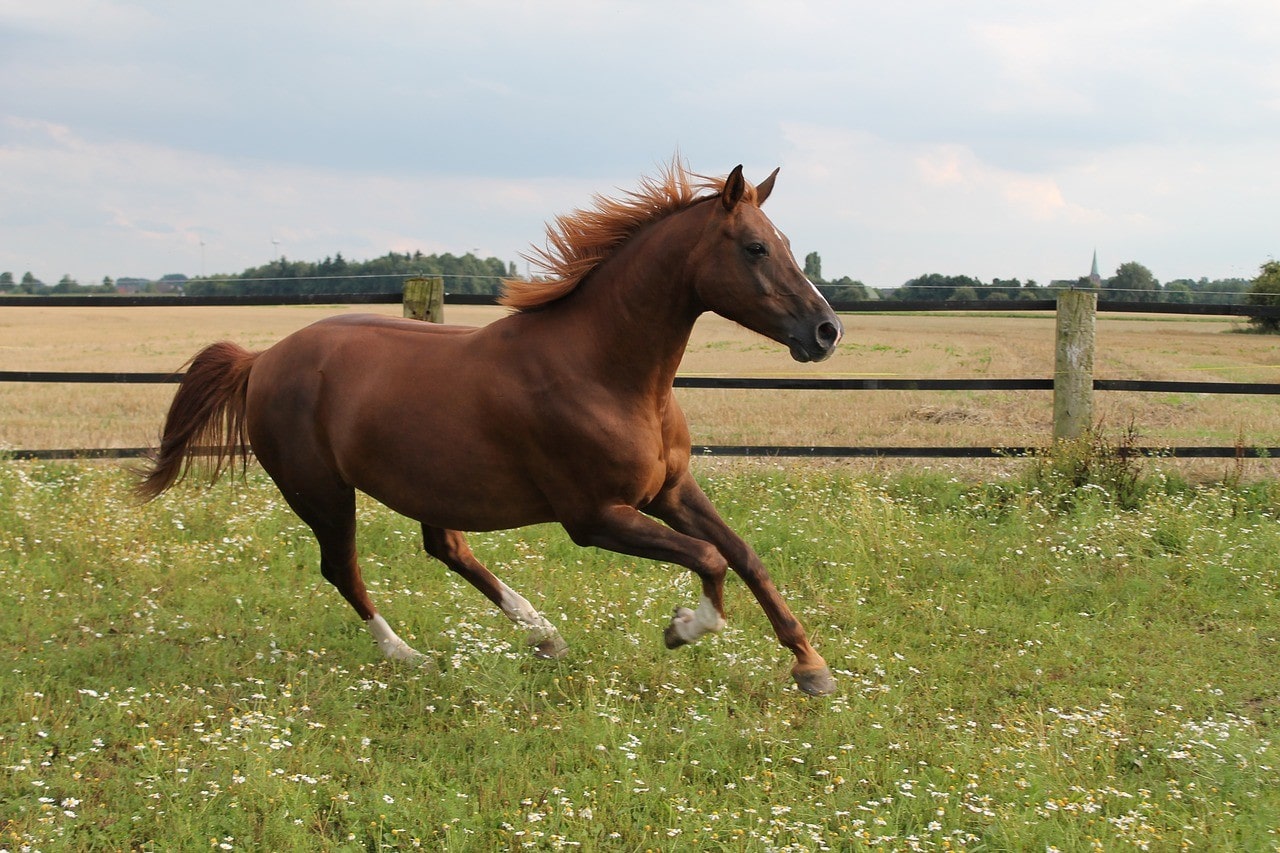
When you want to move fast on a horse, the gallop is your gait. This is a four-beat movement, though it feels more like a canter than a walk. To gallop successfully, you’ll need full control of the horse and complete balance in all other gaits. For a right lead gallop, the patter starts with the left hind leg, followed by the rear hind leg, then the left foreleg, with the right foreleg finishing up the steps. A left lead gallop is the mirror: right hind leg, left hind leg, right foreleg, and left foreleg.
5. Back

You can think of the back gait as a reverse gear for horses. When moving backward, a horse’s steps will follow a pattern similar to a trot, so the right foreleg and left hind leg step together, and the left foreleg and right hind leg also step together.
Artificial Gaits
Although termed “artificial gaits,” these can occur naturally in specific horses. Several different breeds of gaited horses exist, and each has a distinct gait that’s separate and unique from that of other breeds.
Running Walk
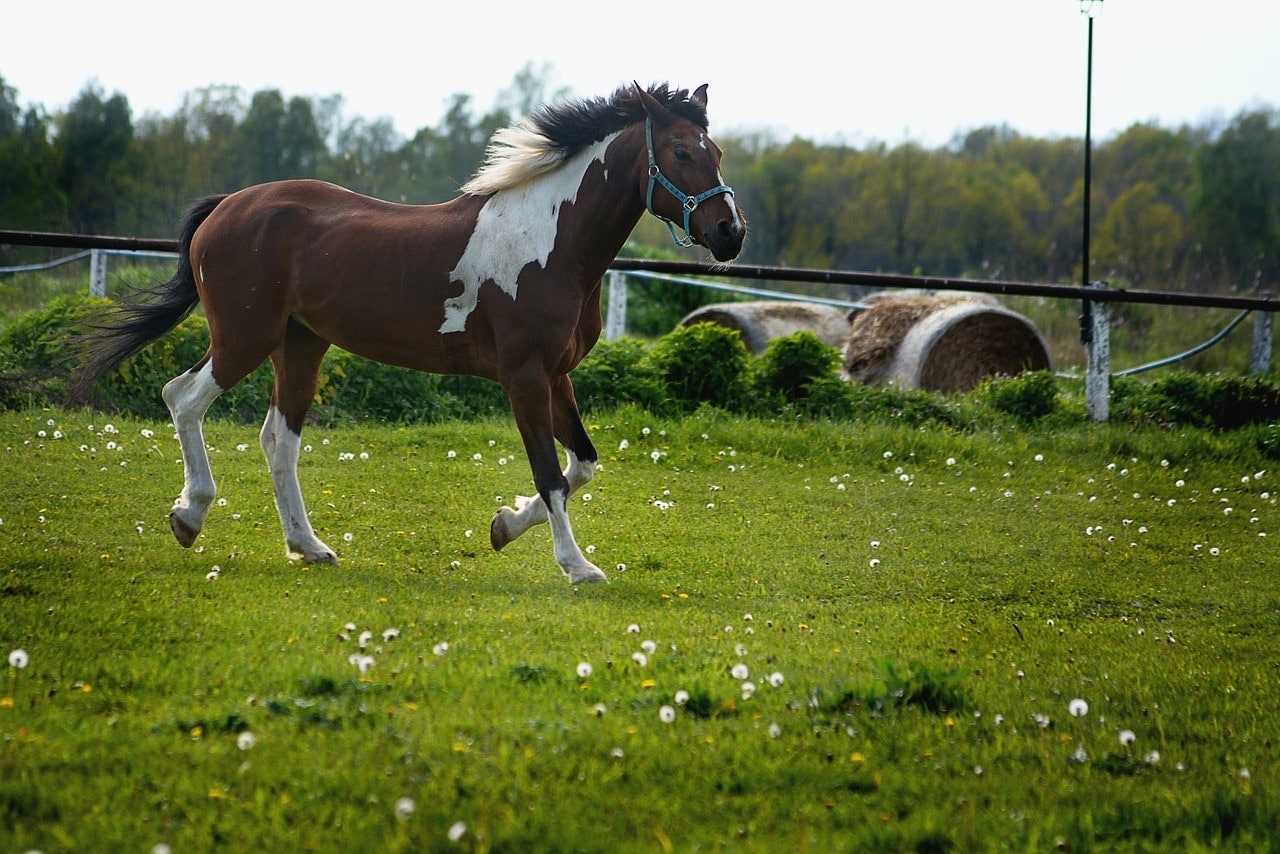
You’ll see Tennessee Walking Horses exhibiting the running walk gait. It’s a gliding four-beat gait that’s faster than a regular walk. The hind hooves will actually overstep the front hooves during the running walk by as much as 18 inches.
Pace

The pace is similar to the trot in that it’s a quick two-beat gait. However, in the pace gait, both feet on the same side will strike the ground together. So, the right foreleg and hind leg step together, and the left foreleg and hind leg also step simultaneously.
Slow Gait

This is a four-beat lateral gait that’s like a walking version of the pace. Both legs on the same side step at only slightly different times, creating a broken rhythm. The right hind leg steps first, followed by the right foreleg, then the left hind leg, with the left foreleg stepping last.
Rack

A pompous and attention-grabbing walk that’s quick and flashy, the rack is a gait displayed by both the Tennessee Walking Horse and the American Saddlebred. Each foot steps separately from the others, making for an exaggerated walk.
- Related read: How Long Can a Horse Run Without Stopping?

Conclusion
While there are many different gaits for horses overall, only five are considered natural gaits. The others are classified as artificial gaits, though they can occur naturally too. The main difference is that all horses are capable of the natural gaits, while the artificial gaits can only be performed by specific breeds.
See also:
Featured Image Credit: Pixabay
